Dark and Light in Balance.
Minimally adapted from my post on the Prairie Star Herbalist Connection published March 21, 2021.
Last month we celebrated the first day of spring in the northern hemisphere. It has been a demanding year, such as our ancestors have at times known, challenged by disease, loss, and diminished access to things needed for life. For some this has included household supplies, for some food, and for others, the security of a home was in jeopardy. Yet it is important to realize that the difficulties we have faced as the sun completed a cycle have been overcome in the past, numerous times, by those who came before us — with courage and creativity, and through connection with each other and the earth that supported them. In proof of that — we are here.
Yes, it truly was a demanding winter, beginning here with a freeze that destroyed some trees and left many that lived still looking as if they had been damaged by aerial bombs. Then the pandemic seemed to peak, and at the height of that we plunged into the deepest cold known in any February.
analogicus from Pixabay
But at last the cold relented, leaving a cool, dim spring in it’s wake, teasing with a few warm days now and then. Finally, as always, there comes a time when we put away the things of winter as Spring unfolds in a glory of Forsythia, Quince, Redbuds, yellow green leaves, and clouds sailing in a bright blue sky.
How is it even possible to think about aligning with the Rhythms of the Earth in such times, when scarcity, insecurity, and disruption are making themselves so immediately known?
It is, in fact, perhaps the most important thing we can do.
Awareness of our connection with the Earth and Elements that are the sole support of life on this planet has been deliberately subverted in the name of industrial and post-industrial life. Yet it is in remembering the lost connections that we are open to insights that help us mitigate harm now, and into the future that we build.
Rebekka D from Pixabay
Just as food is not created by a grocery store, it is not either created by a farmer who nurtures crops on land they love; although those stewards, if raising food in harmony with Earth, deserve our greatest gratitude and reverence. No, it is created in the bones of the earth filled with the signals of other life forms carried by micorrhyzae that nurture the vital force in the seed or cutting — in the presence of Air, Fire and Water that also nourish the new life into being. When these sacred elements are impaired, some forms of life struggle, and all must adapt. And we will lose some.
In the blindness born of disconnection, we have collectively damaged each of these. We have also created incubators for deadly diseases to arise more often, at a time when we ourselves are weakened by that same disconnection, and living outside of deep interaction with Air-Fire-Water-Earth, the elements that support us. Realigning with these and the cycles of day-night, the waxing and waning moon, and the seasons of the solar cycle are a path to remembering the lost connections, and moving again into generative living.
A way to align with the forces of life in a season is to align with the season’s element. The element for spring is Air.
It is through Air that we share much of our communication with the plants. They create oxygen for us, we create carbon dioxide for them, and we exchange them easily. In that exchange we share knowledge of each other through neurotransmitters, hormones and other chemicals. The Air we breathe has circulated around the globe many times during the presence of our species here, making it probable that we have all exchanged air with each other too. Breath connects us and is one way our microbiome grows. How sad then, that something so primeval and primal must be guarded in times of pandemic.
Some Ways to Connect With Air . . .
We connect with Air by observing its interactions with the other elements: (Earth – leaves or dust in wind, tree branches blowing. Fire – air feeds it, helps it grow, can direct it’s course. Water – driving rain, clouds, waves). We also observe the creatures of air: Seeds born on the wind. Birds. Butterflies. You can do a meditative observation of any of these by sitting outdoors and watching those interactions. What can you learn from them?
And we connect with our own breath. Try this calming sequence for yourself, as you focus on the Element of Air: Breathe in for four counts. Hold for seven. Breathe out for eight. Repeat at least five times, but ten is better. Attune to the miracle of what Air means to your body, and give gratitude. This breathing pattern can calm the nervous system and lower cortisol, leaving you more open to the magic of spring unfolding.
. . . and the Time of Spring
What are your earliest “signal plants” — those plants that tell you spring is coming, even when it is cold outside — maybe even in February? Are they bulbs? Aromatic mints? Tree buds? What else? What is the earliest change you notice where you live that marks life returning, even when the world is still cold in any year? How does the movie of spring unfold throughout the season as more creatures awake or return, others leave, and others push through the soil? When does the first bud on the first tree open? What kind of tree is it? How are the weather and temperature different? Where is the light on a fence or wall at the same time each day? And where does the sun come up now?
These are things our not-to-distant ancestors would know in their sleep without noticing that they knew. Make a point to deeply observe them and let them soak into your psyche, and you will find yourself drawn into this rhythm of the New, of Air, of Beginnings, of Life Returning, in ways that you may not have experienced since childhood. Let Spring breathe life, courage and hope into you after a year of unexpected and difficult transformations. As you return to this Knowing, you return to the collective knowing and wisdom held by of the web of life we are a part of, and can more easily receive its gifts.
Spring is a time to be a child again.
Remember.
If you would like to learn more about herbal lifestyles and reweaving your connections with earth rhythms, click here to visit Joan’s events page
Community: Go here to join here to join the Prairie Star Herbalist Connection.
You can follow Joan on facebook here.
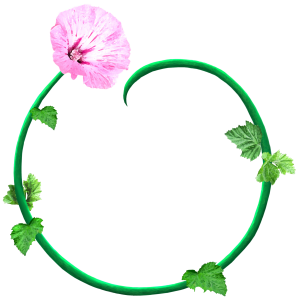
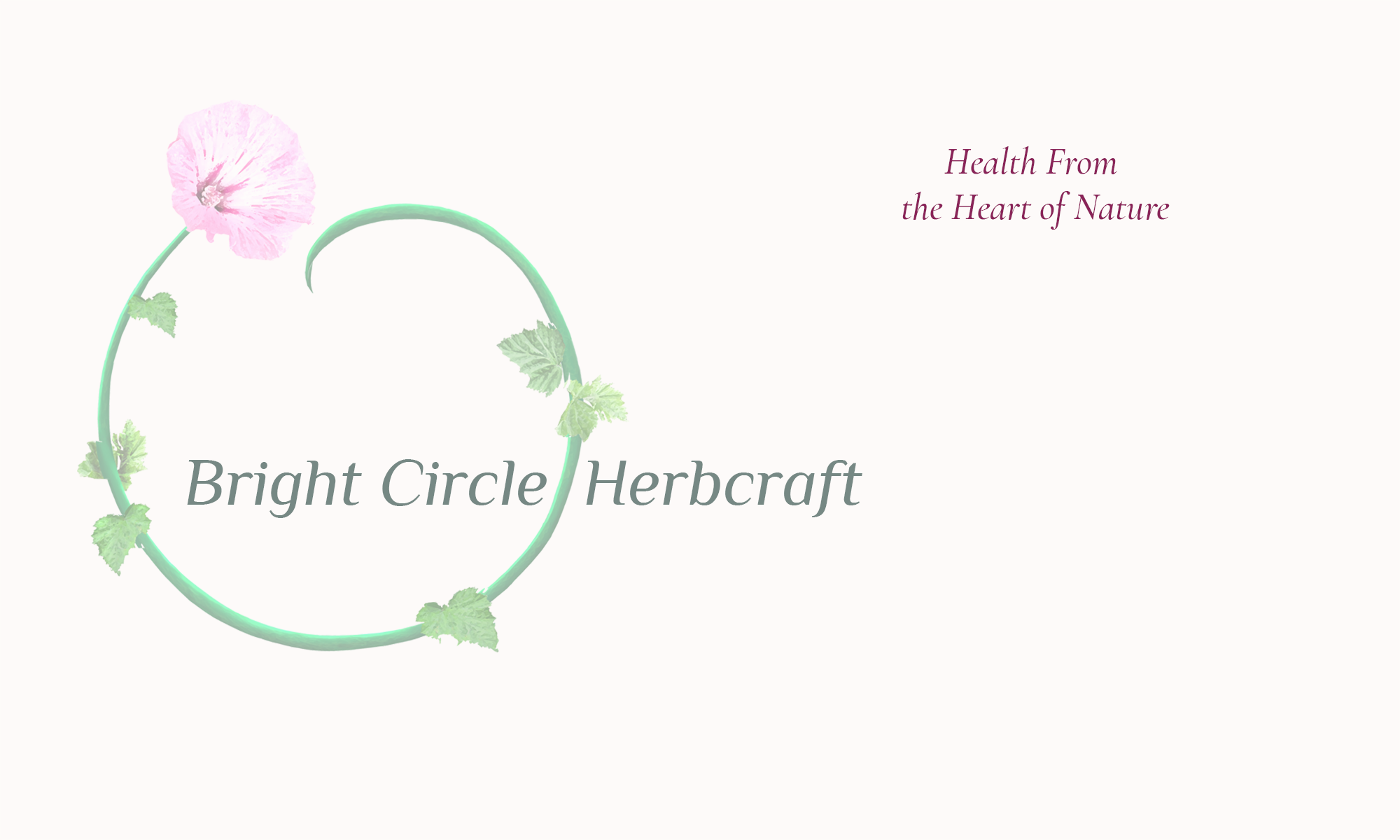



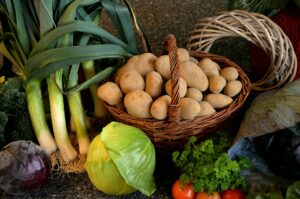
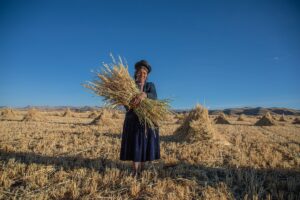
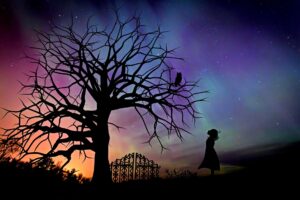
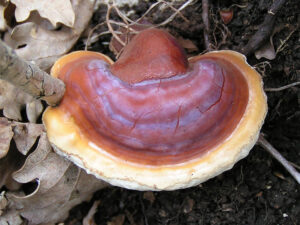
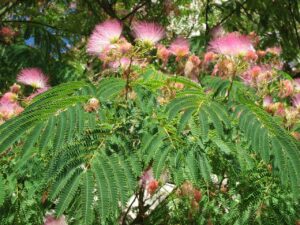
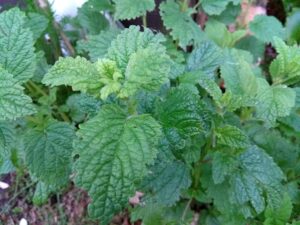 I’ve mentioned it before as an herb to ease stress, so I’ve just copied my previous entry: It is a member of the mint family, that comes to us from southern Europe. Its name Melissa comes from the Greek for “bee”. (Bees love it!) Calming, Mildly sedative and antidepressive — what’s not to love! It has been naturalized here for a long time, and is a favorite for its soft energy, strong presence, and delicate fragrance. Avicenna, a middle eastern herbalist who taught and practiced during the middle ages, recommended it to “make the heart merry”. It nourishes the nerves and has antiviral properties, making it a favorite in times of viral illness. Try a cup of relaxing lemon balm tea as you stop the clock to unwind; or snip fresh leaves into a salad for added flavor and an uplifting treat for your spirit.
I’ve mentioned it before as an herb to ease stress, so I’ve just copied my previous entry: It is a member of the mint family, that comes to us from southern Europe. Its name Melissa comes from the Greek for “bee”. (Bees love it!) Calming, Mildly sedative and antidepressive — what’s not to love! It has been naturalized here for a long time, and is a favorite for its soft energy, strong presence, and delicate fragrance. Avicenna, a middle eastern herbalist who taught and practiced during the middle ages, recommended it to “make the heart merry”. It nourishes the nerves and has antiviral properties, making it a favorite in times of viral illness. Try a cup of relaxing lemon balm tea as you stop the clock to unwind; or snip fresh leaves into a salad for added flavor and an uplifting treat for your spirit.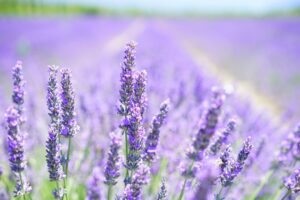 Lavender tea, ½ teaspoon +/- to a cup of boiling water poured over it, is a supreme source of ease on many levels. You get the full fragrance of the buds that way, and the smell is part of the medicine. It’s bitter though, and honey is fine. The bitter property tells us that it will ease digestion (It’s used in many French culinary blends for this), and in fact, it also eases liver tension. If you feel that you emotions are “stuck”, and you just can’t get anywhere with sorting things out, try letting it all go for awhile, then when you are ready, sit with a cup of strong honeyed lavender tea, and sneak up on a little reflection time. Note: Lavender essential oil does not act in the same way as the tea does. Essential oils are not herbs. (They are a highly refined fraction consisting only of the volatile oils, and are missing many of the medicinal constituents of the whole herb.) Use lavender mindfully if pregnant, and avoid if the pregnancy is delicate.
Lavender tea, ½ teaspoon +/- to a cup of boiling water poured over it, is a supreme source of ease on many levels. You get the full fragrance of the buds that way, and the smell is part of the medicine. It’s bitter though, and honey is fine. The bitter property tells us that it will ease digestion (It’s used in many French culinary blends for this), and in fact, it also eases liver tension. If you feel that you emotions are “stuck”, and you just can’t get anywhere with sorting things out, try letting it all go for awhile, then when you are ready, sit with a cup of strong honeyed lavender tea, and sneak up on a little reflection time. Note: Lavender essential oil does not act in the same way as the tea does. Essential oils are not herbs. (They are a highly refined fraction consisting only of the volatile oils, and are missing many of the medicinal constituents of the whole herb.) Use lavender mindfully if pregnant, and avoid if the pregnancy is delicate.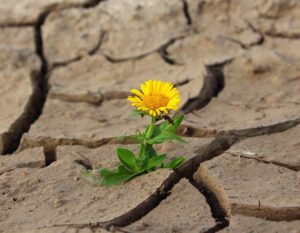
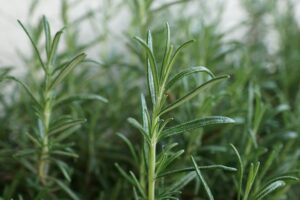
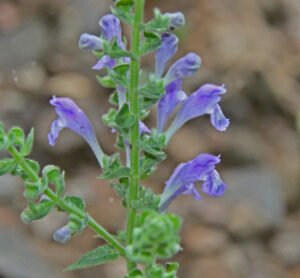 Another “magic mint”, nervine and relaxant. Skullcap is one of my frequent go-tos when stress keeps a person in a state of anxiety that they cannot come down from. Tincture or tea will work, though the tea actually seems stronger to me. The trick with skullcap for high stress times, is to use smaller amounts, but more often. This acts as a tonic restorative for the nervous system, fostering relaxation without heavy sedation, so it can be used in the day time. A tea, as under “To Imbibe” below (it’s bitter — honey is fine), or about 10 drops of tincture, three times a day for either, is a good place to start.
Another “magic mint”, nervine and relaxant. Skullcap is one of my frequent go-tos when stress keeps a person in a state of anxiety that they cannot come down from. Tincture or tea will work, though the tea actually seems stronger to me. The trick with skullcap for high stress times, is to use smaller amounts, but more often. This acts as a tonic restorative for the nervous system, fostering relaxation without heavy sedation, so it can be used in the day time. A tea, as under “To Imbibe” below (it’s bitter — honey is fine), or about 10 drops of tincture, three times a day for either, is a good place to start.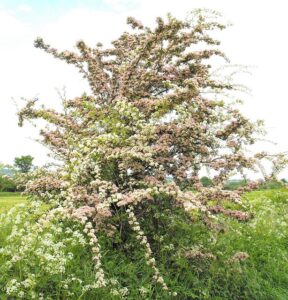
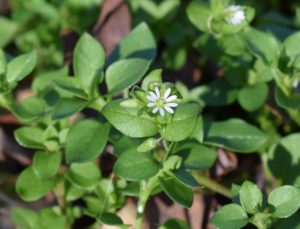
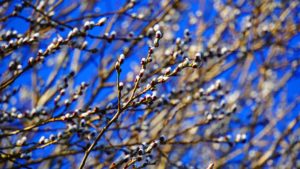 Where January held an energy of renewal and commitment, February is when the new beginnings start to take root. It is a time to make firm and visible the intentions we set at Solstice. In the northern hemisphere early February marks the approximate halfway point between the shortest day of the year and time when day and night are equal. Throughout the ancient world, fire festivals were held to mark the victory of the sun over the dark cold of winter, and the regeneration of life on the land. The joy was no-doubt real and laced with relief, as the sun, and with it the plants that were medicine and food, returned.
Where January held an energy of renewal and commitment, February is when the new beginnings start to take root. It is a time to make firm and visible the intentions we set at Solstice. In the northern hemisphere early February marks the approximate halfway point between the shortest day of the year and time when day and night are equal. Throughout the ancient world, fire festivals were held to mark the victory of the sun over the dark cold of winter, and the regeneration of life on the land. The joy was no-doubt real and laced with relief, as the sun, and with it the plants that were medicine and food, returned.